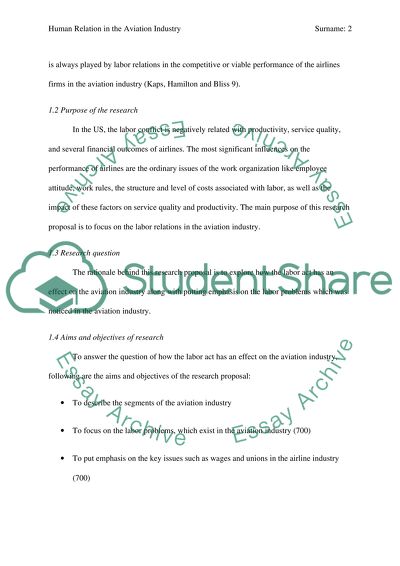Cite this document
(“Aviation Labor Relation Research Proposal Example | Topics and Well Written Essays - 6250 words”, n.d.)
Aviation Labor Relation Research Proposal Example | Topics and Well Written Essays - 6250 words. Retrieved from https://studentshare.org/human-resources/1690806-aviation-labor-relation
Aviation Labor Relation Research Proposal Example | Topics and Well Written Essays - 6250 words. Retrieved from https://studentshare.org/human-resources/1690806-aviation-labor-relation
(Aviation Labor Relation Research Proposal Example | Topics and Well Written Essays - 6250 Words)
Aviation Labor Relation Research Proposal Example | Topics and Well Written Essays - 6250 Words. https://studentshare.org/human-resources/1690806-aviation-labor-relation.
Aviation Labor Relation Research Proposal Example | Topics and Well Written Essays - 6250 Words. https://studentshare.org/human-resources/1690806-aviation-labor-relation.
“Aviation Labor Relation Research Proposal Example | Topics and Well Written Essays - 6250 Words”, n.d. https://studentshare.org/human-resources/1690806-aviation-labor-relation.


